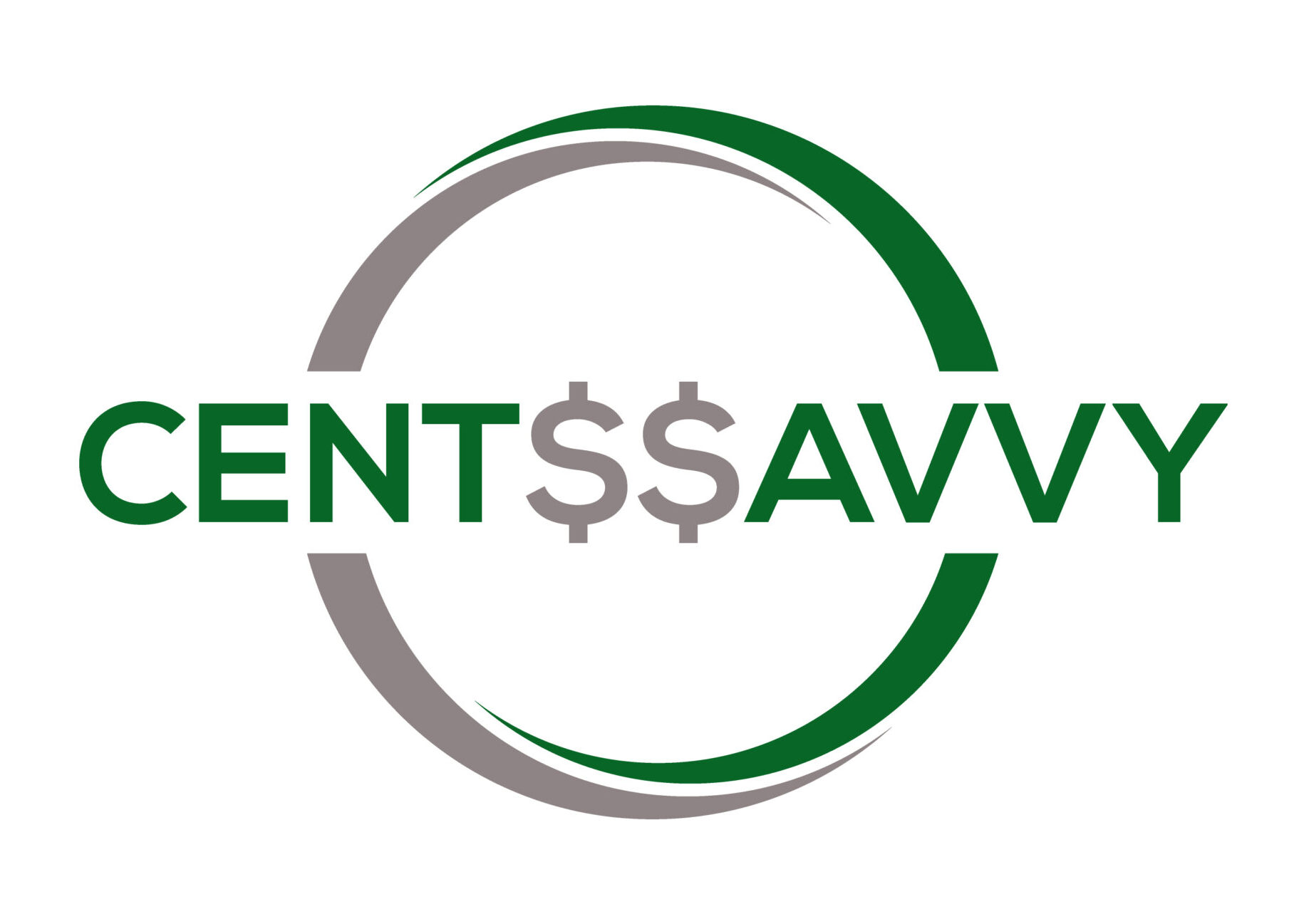Debt Snowball vs. Avalanche: Which Is Better for Rebuilding Credit History?
Paying off debt is a critical step in rebuilding credit history, but choosing the right repayment strategy can make all the difference. The debt snowball and debt avalanche methods are two of the most popular ways to eliminate debt efficiently—but which one is better for rebuilding credit history?
In this guide, we’ll break down both strategies, compare their impact on your credit score, and help you determine the best approach to speed up your financial recovery.
Rebuilding Credit History? Why the Debt Snowball or Avalanche Method Matters
Before diving into the specifics of each method, it’s important to understand why debt repayment plays a crucial role in rebuilding credit history.
How Paying Off Debt Helps Rebuild Credit
✅ Reduces Credit Utilization: Credit utilization—the amount of credit you use compared to your total credit limit—accounts for 30% of your credit score. Lowering your balances helps boost your score.
✅ Improves Payment History: Payment history makes up 35% of your credit score. Consistently making payments on time strengthens your credit profile.
✅ Decreases Debt-to-Income Ratio: While not directly factored into your credit score, a lower debt-to-income ratio improves your overall financial health and loan eligibility.
By choosing the right debt repayment strategy, you can rebuild credit more efficiently while staying motivated to eliminate debt.
How the Debt Snowball and Avalanche Methods Speed Up Rebuilding Credit History
What Is the Debt Snowball Method?
The debt snowball focuses on paying off small debts first, regardless of interest rates. The idea is to build momentum by eliminating debts one by one, starting with the smallest balance.
How It Works:
1. List your debts from smallest to largest balance.
2.Make the minimum payment on all debts except the smallest one.
3.Put as much extra money as possible toward the smallest debt until it’s paid off.
4.Once the smallest debt is gone, move on to the next smallest balance.
Pros of the Debt Snowball Method
✔ Quick wins keep you motivated.
✔ Eliminating small debts reduces the number of open accounts with balances, which can improve your credit score.
✔ Helps build better financial habits by creating a sense of accomplishment.
Cons of the Debt Snowball Method
❌ Doesn’t prioritize high-interest debts, which may cost more in the long run.
❌ Takes longer to pay off large balances.
💡 Best for: People who need quick motivation to stick to a repayment plan.
What Is the Debt Avalanche Method?
The debt avalanche prioritizes debts with the highest interest rates first, saving you money over time.
How It Works:
1. List your debts from highest to lowest interest rate.
2.Make the minimum payment on all debts except the one with the highest interest rate.
.3.Put any extra funds toward the highest-interest debt until it’s paid off.
4.Once the highest-interest debt is gone, move on to the next highest.
Pros of the Debt Avalanche Method
✔ Saves the most money in interest payments over time.
✔ Helps eliminate high-cost debt (like credit cards) faster.
✔ Improves credit utilization by tackling large balances first.
Cons of the Debt Avalanche Method
❌ Can take longer to see progress, which may feel discouraging.
❌ Requires strong discipline to stay motivated.
💡 Best for: People who want to maximize savings and pay off debt as efficiently as possible.
The Best Debt Repayment Strategy for Rebuilding Credit History: Snowball or Avalanche?
Both methods can help rebuild credit, but the right choice depends on your financial situation and personal motivation.
Choose the Debt Snowball If You:
✅ Need quick wins to stay motivated.
✅ Have multiple small debts that you want to eliminate quickly.
✅ Struggle with sticking to long-term financial goals.
Choose the Debt Avalanche If You:
✅ Want to save the most money on interest.
✅ Have high-interest debts (like credit cards) that are costing you significantly.
✅ Are disciplined enough to stick to a plan long-term.
💡 Pro Tip: If you’re unsure which method is best, combine both approaches—start with the debt snowball to build momentum, then switch to the avalanche method for maximum savings.
Rebuilding Credit History Faster: How Debt Snowball and Avalanche Can Help
Regardless of which method you choose, sticking to a structured repayment plan will speed up your credit rebuilding journey. Here are some additional strategies to improve your credit while paying down debt:
1. Make On-Time Payments Every Month
Even if you can only afford the minimum payment, never miss a due date. Late payments can significantly damage your credit score.
2. Keep Old Accounts Open
Closing accounts can shorten your credit history length, which may lower your score. Instead, keep older accounts open to maintain a strong credit profile.
3. Use a Budgeting App
Apps like Mint, YNAB, or Credit Karma can help you track payments and ensure you stay on top of your debt repayment plan.
4. Consider a Credit-Builder Loan
If your credit score is very low, credit-builder loans can help establish a positive payment history while you pay down debt.
5. Seek Professional Help If Needed
If you’re overwhelmed by debt, working with a credit repair or debt resolution service (like Cents Savvy) can provide expert guidance tailored to your situation.
Final Thoughts: Which Debt Repayment Method Is Best for You?
Both the debt snowball and debt avalanche methods can help you rebuild credit history, but the right choice depends on your financial goals and motivation style.
- Use the debt snowball if you need quick motivation to stay on track.
- Use the debt avalanche if you want to save the most money on interest.
Regardless of which method you choose, consistent, on-time payments are the key to rebuilding credit successfully.
For more information, please visit Cent Savvy Credit Repair Counseling

